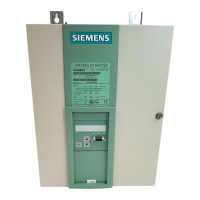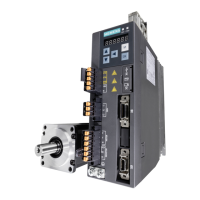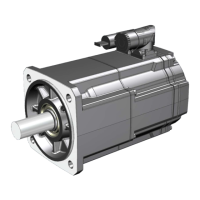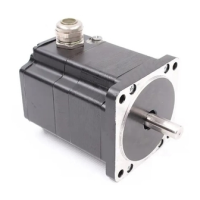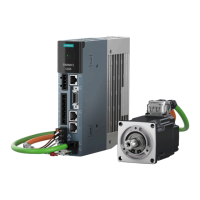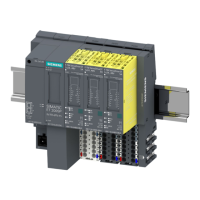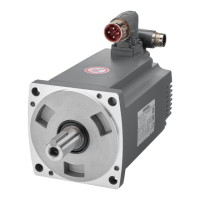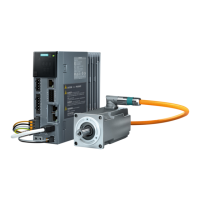Start-Up 02.00
7-30 SIEMENS AG 6RX1700-0AD76
SIMOREG DC Master Operating Instructions
The following functions are also available, each allowing a maximum of 16 process data to be
transferred:
PZD Receive Broadcast
This function is used to send setpoints and control words from the master to all slaves on
the bus simultaneously. With this option, an identical identifier must be set on all slaves
utilizing the function. This common identifier is set in CB parameter 6 (U716). The first 4
PZDs are transferred with the value set in U716 and the second 4 PZDs with the value in
U716+1, etc.
PZD Receive Multicast
This function is used to send setpoints and control words from the master to a group of
slaves on the bus simultaneously. With this option, all slaves within the group using the
function must be set to an identical identifier. This group identifier is set in CB parameter 7
(U717). The first 4 PZDs are transferred with the value set in U717 and the second 4 PZDs
with the value in U717+1, etc.
PZD Receive Internode
This function is used to receive setpoints and control words from another slave, allowing
PZDs to be exchanged between drives without intervention by a CAN master. For this
purpose, the identifier of PZD Receive Internode on the receiving slave must be set to the
identifier of PZD Send on the transmitting slave. This identifier is set in CB parameter 8
(U718). The first 4 PZDs are transferred with the value set in U718 and the second 4 PZDs
with the value in U718+1, etc.
Notes regarding PZD transmission:
Control word 1 must always be transferred as the first PZD word for setpoints. If control word
2 is needed, then it must be transferred as the fourth PZD word.
Bit 10 (control by PLC) must always be set in control word 1 or else the drives will not accept
setpoints and control words.
The consistency of process data can only be guaranteed within a COB. If more than 4 data
words are needed, these must be divided among several COBs. Since drives accept the data
asynchronously, the data transferred in several COBs may not always be accepted and
processed in the same processing cycle.
For this reason, interrelated data should be transferred within the same COB. If this is not
possible, data consistency can be assured by means of control word bit 10 (control by PLC),
i.e. by setting the bit to "off" in the first COB to temporarily prevent the drive from accepting
the data from the communications board. The remaining data are then transmitted. Finally, a
COB containing a control word bit 10 set to "on" is transmitted. Since a drive can accept up to
16 PZDs simultaneously from the communication board, data consistency is assured.
Since a variety of different functions can be used to transfer PZDs simultaneously, data are
overlayed in the drive. For example, the first PZD from PZD Receive and PZD Receive
Broadcast are always interpreted as the same control word 1. For this reason, care should be
taken to ensure that data are transferred in meaningful combinations.
Two CAN identifiers are required for the purpose of processing parameters, i.e. one CAN identifier
for PKW Request (parameter request job to drive) and one CAN identifier for PKW Response
(parameter response by drive). These assignments are made in CB parameters as shown in the
following diagram:
x2 +
+1
Node address
of drive (P918)
Basic identifier for
parameterizing (U711)
PKW Request
PKW Response

